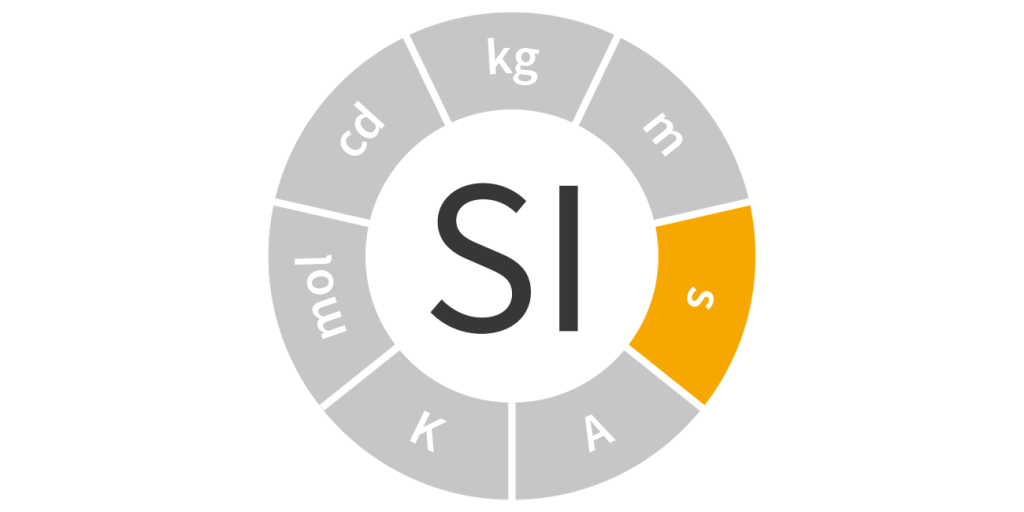

The second is the SI unit used to measure time. As well as enabling us to tell the time of the day, accurate timekeeping is key to satellite navigation systems, underpins the functioning of the internet and facilitates highly accurate timestamping for transactions in financial trading.
Ancient civilisations used sundials and obelisks to tell the time, which was imprecise, and restricted in cloudy weather or at night. These methods of timekeeping were based on the daily rotation of the Earth around its own axis. However, this period of rotation is not regular enough to serve as a definition for modern-day applications.
Atomic clocks, which keep time using transition energies in atoms, revolutionised timekeeping. The National Physical Laboratory (NPL) developed the first operational caesium-beam atomic clock in 1955. This clock was so accurate that it would only gain or lose one second in 300 years, but modern atomic clocks can be as much as a million times more accurate than this.
The Second and Time and Frequency Metrology course is part of NPL’s Fundamentals of Metrology training programme. This programme is comprised of seven standalone modules, each corresponding to one of the seven SI base units. The module is delivered via a series of pre-recorded video lectures.
This course includes the following topics:
Learners who successfully complete the course will receive an NPL Certificate of Completion.
Recommended Pre-learning
To lay the foundations for this module, it is recommended that all learners complete the two half-day NPL e-learning courses: Introduction to Measurement and Metrology and Introduction to Measurement Uncertainty.